Clutch weight and ease of operation for manual transmission (MT) vehicles
Published on: 06.09.2020
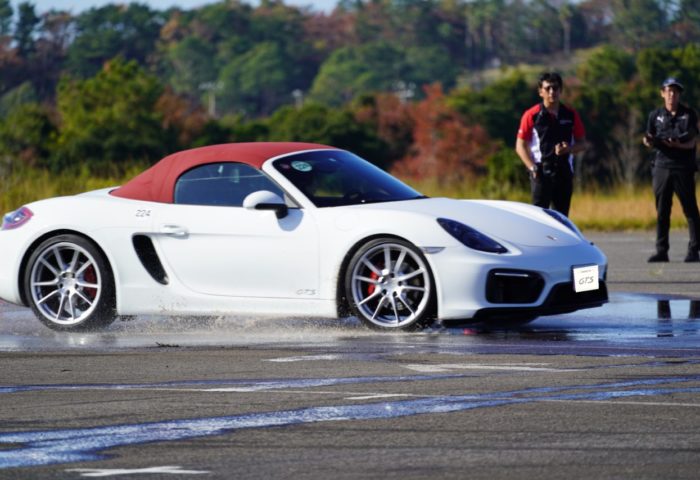
Also for Porsche manual cars.
My current favorite car is a manual BMW 320i (F30), which is my first car in my life, but thanks to you, I can also drive a manual Porsche Boxster GTS (981) and a 911 GT3 (991 late model) normally.
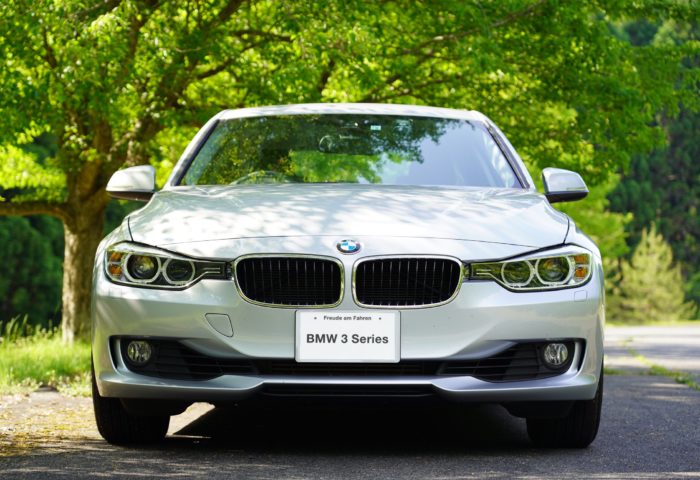
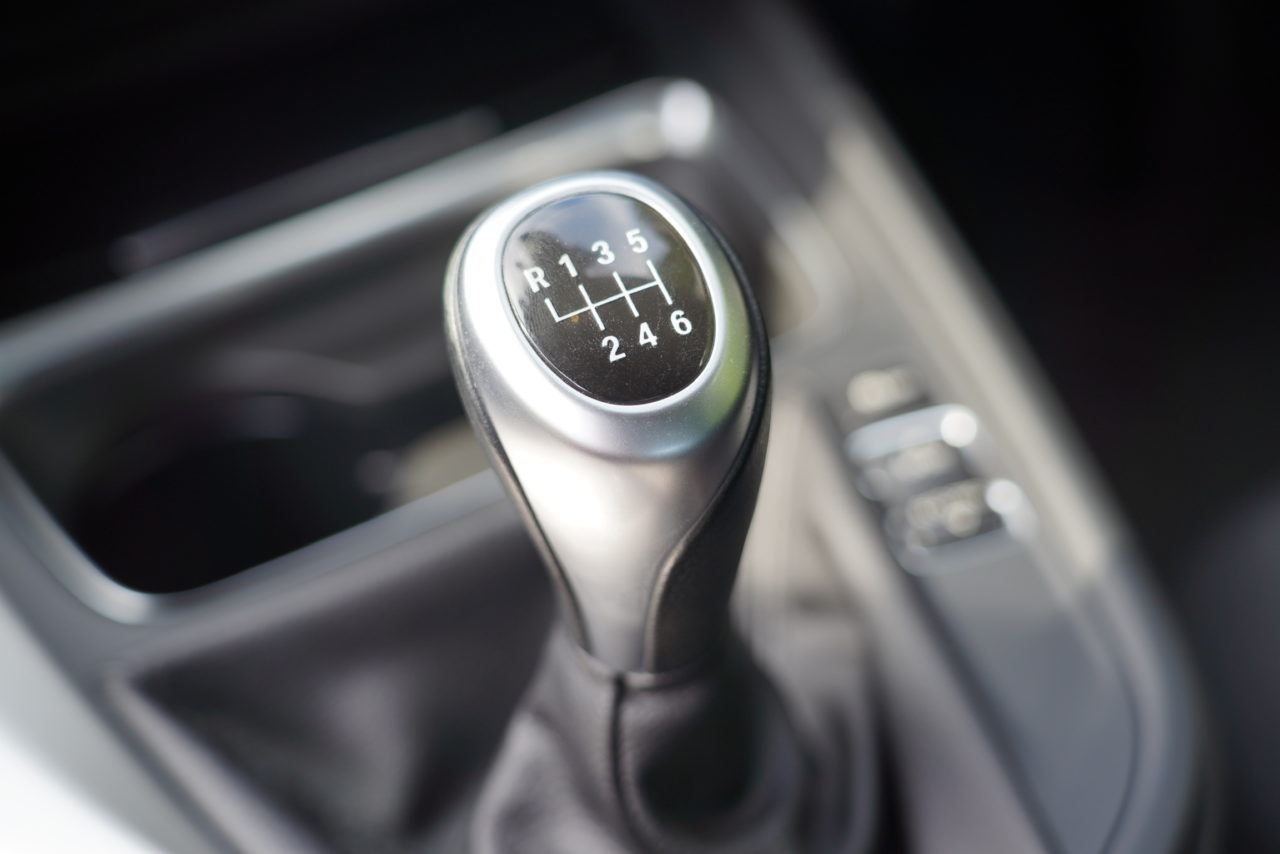
Until just a year ago, I couldn't drive a manual car at all.I'm not athletic enough to drive a manual car for the rest of my life.I had become despondent and had given up on it, but I guess you get used to everything, right?
After purchasing the 320i and driving it on a daily basis, I lost my dislike for manual controls and can now drive a Porsche manual car normally.
Clutch operation and seat position
And the other day I drove a Boxster GTS (981) for the first time in a long time, and I thought, "I think it would be easier to drive with such a heavy clutch.I thought again.
Before, when I couldn't drive a manual car, I used to think thatWhat's with this clutch, it's so heavy! Is it muscle training?I used to practice while complaining a lot, but now my senses have changed 180 degrees... (laughs).
As for the ease of clutch operation, I think the presence or absence of torque at low speeds also has an effect, but if I were to limit myself to the weight of the clutch, I would sayA somewhat heavier clutch is easier to operate.And now I'm thinking.
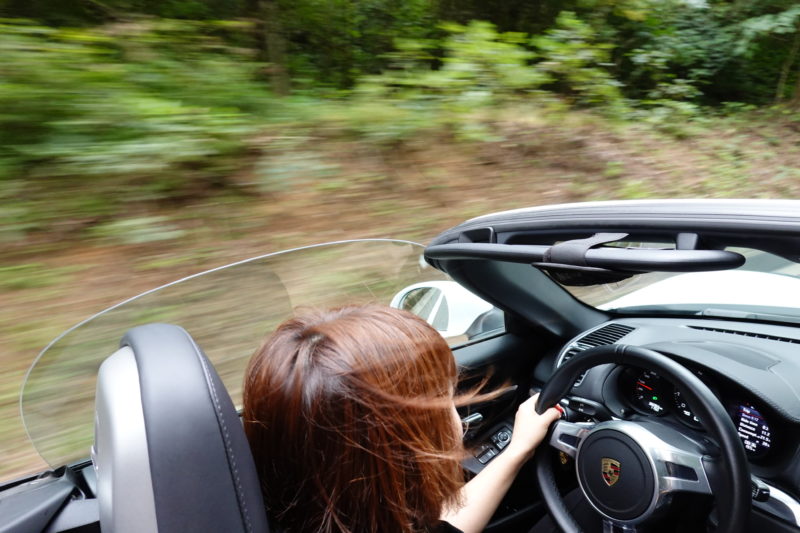
Our GT3 (late 991) has a fairly light clutch, which I initially thought would make it easier to drive.Not much rebound when clutch is pulled back, making it difficult to make subtle adjustmentsSo, at low speeds, it sometimes seems to stall.(There is, of course, the question of low-speed torque availability.)The following is a list of the most common problems with the "C" in the "C" column.
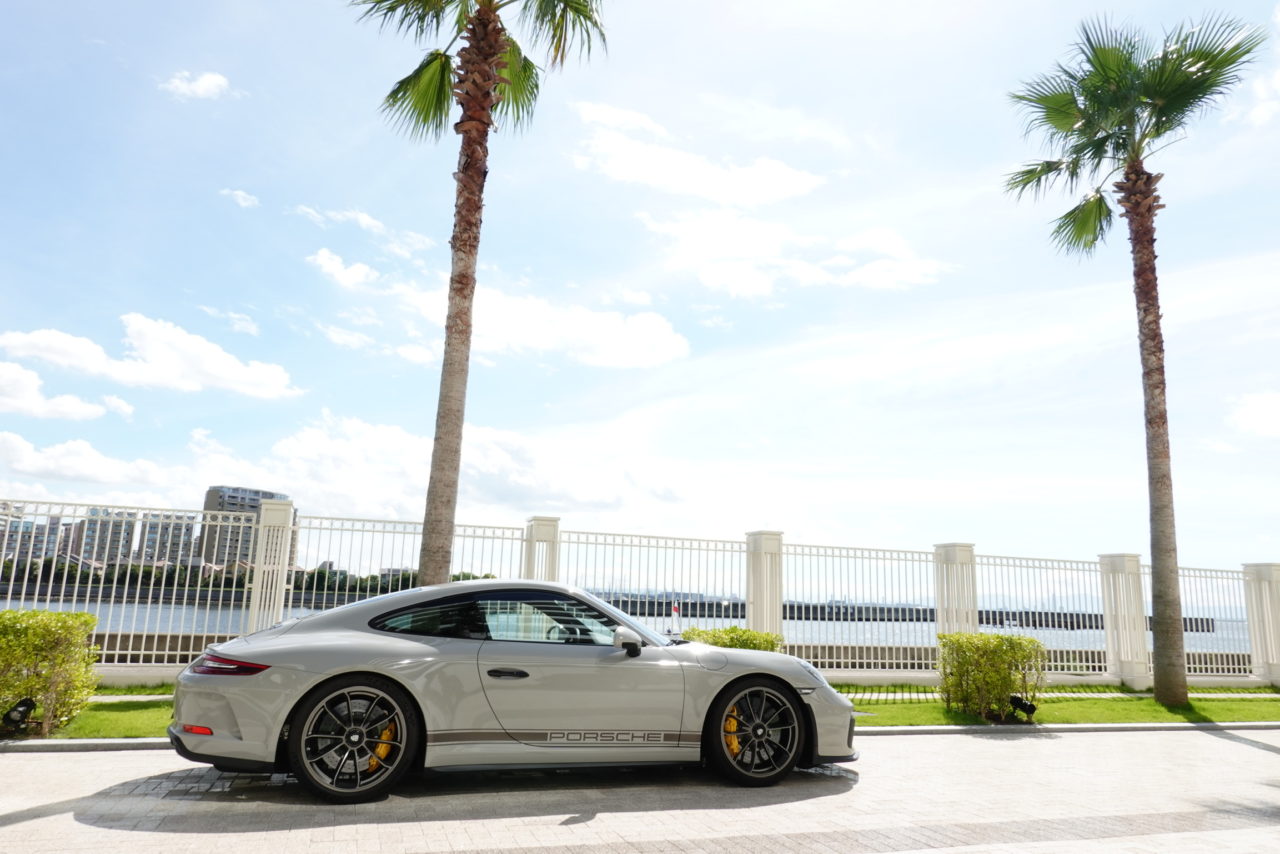
On that note, I would say that the 981 Boxster is one of the few MT cars I have been allowed to drive, although there are not many of them.(718 Boxster, GT3, Honda S660, Abarth 595, my brother's Legacy)The first is the most comfortable, the second is the heaviest, and the third feels the easiest to adjust.
Additionally, the 981's clutch operation is easier to do.Being able to properly adjust the seat position to my body shape.The clutch pedal is also large. In the past, no matter how I adjusted it, it didn't feel right, and I ended up with the clutch pedal in a position where I could depress the clutch pedal deep into the car with the seat sunk down considerably.
But with that, I had to put a lot of pressure on my foot every time I stepped on the clutch pedal, and I could not make any subtle adjustments when returning the pedal.
Then I took the reader's comments and advice from my husband.The seat position is almost at the very front, and the seat is raised just enough so that the knees do not touch the steering wheel when the clutch pedal is depressed or pulled out.The clutch is now much easier to reach and much easier to drive.(Difficult to explain...)
I used to be a "Women don't have the leg muscles like men do, so there's absolutely no way they could operate such a heavy clutch!He said, "It's not a matter of muscle strength.If the correct seat position is used and the operation is natural and effortless, no extra effort is required.I learned that women can also ride without any problems.(It would take a lot of muscle power for a reinforced clutch or something like that.)
Racing drivers say that the seat position is extremely important, down to the millimeter, and this is especially true for MT cars. It's like the basic form of sports, isn't it?
Porsche clutch
As far as Porsche is concerned, the clutch pedal seems to be getting lighter every year. In a previous blog comment, a reader wroteIn order of heaviest clutch: "993 -> Cayman(981) -> GT3(991)".He wrote.
My husband, who has more experience with manual transmissions than I do, and has even had the privilege of driving a rare 73 Carrera when it comes to Porsches, asked me what I felt about the clutch operation on a Porsche.
When I first took delivery of my 981 Boxster GTS, I had a hard time with the weight of the clutch and the difficulty in understanding the point of connection. It had been about 15 years since I drove a manual transmission car, and I remember that it was difficult for me to regain my senses.
I was able to completely tame that Boxster, and it wasn't until I drove about 10,000 km that I stopped having trouble with it on any road or in any situation.I think. That's how hard it was for me to open up to him, and I had a hard time operating the clutch.
After I got used to that Boxster clutch, I've been allowed to drive various Porsches and other manufacturers' MTs, and I must say that all Porsche clutches are heavy. But not so heavy that I think this is impossible.Its moderate weight is easy to control, and once you get used to it, it is easy to control subtly.I think.
He said.
I see... I would like to drive an air-cooled Porsche with a manual transmission once, these days.
Follow me if you like this blog!


Comment ( 8 )
Trackbacks are closed.
Good evening, Mina.
The clutch of the 981 Boksupa is also heavy (in a good way). The clutch is also heavy (in a good way). I remember that the 2.5L 718 Boxster S was not so different from the 2.0L 718 Boxster, although I only test drove the 2.5L 718 Boxster S for a short distance.
I remember that when I visited a used 991.2 MT car, I was a little disappointed at how light the clutch was (I could not test drive the car and only stepped on the clutch while sitting in the seat, so it may have been different when the car was driven). (I couldn't test drive it, I just sat in the seat and stepped on the clutch, so it may have been different when I drove it.) I had heard that the 911 was hard and the clutch was heavy, but that must have been in the air-cooled era.
I recently test drove a 6MT Aston Martin V12 VANTAGE. Since it has a large displacement of 5.9 liters, I thought the clutch must be very hard to press down. I thought it would be heavier than the 981 Voxpa, but it was definitely heavier than the 981 Voxpa. In my layman's way of thinking, I thought that the engine displacement and the weight of the clutch would correlate somewhat, but it seems that they are not related.
Mr. Ishi.
981 Boxster Spyder, it's so nice to be able to drive with a manual transmission and enjoy that engine sound...!
I'd love to drive one someday...!
So the displacement has nothing to do with the weight of the clutch?
I somehow feel that a clutch with a larger displacement is heavier, but personally I think it is okay if it is heavier to some extent ^^;
I thought that cars are evolving and becoming easier to drive.
Hi, I just wanted to comment on this MT-related topic.
Now, there are many interpretations of the weight of the clutch, but with Porsche I don't think they went out of their way to make it heavier.
In the old days, we thought that the basic idea was that the greater the power and torque of the engine, the more force is needed to hold it down, so the heavier the clutch becomes.
However, if the clutch becomes too heavy, it will be difficult to operate, so I wonder if the material or structure of the clutch will have to be changed if the weight exceeds a certain level.
The Boxster/Cayman has a 4-cylinder turbo from the 718 and more power, so it is not surprising that the clutch has also been revised.
The press release for the 911 was clearer, stating that the 7-speed manual transmission became a "twin plate clutch" when the regular model was turbocharged in the later 991 models. I enjoyed imagining that the clutch and flywheel might have been modified for the later model. The flywheel also seems to have been double-massed so that it can run in higher gears even at low speeds. I believe Mina's GT3 Touring also has a double-mass flywheel, but this one seems to be a countermeasure for vibration caused by a strengthened crankshaft.
As Ishi already wrote, the clutch of the 718 was not heavy. It was so light that I felt it was light after switching from a Subaru B4 MT.
The 991.2 is even lighter than the 991.2, but at least mine is very easy to operate. The connection is smooth, but the power is transmitted properly.
The other day, I went to Porsche Center Fukuoka and saw a 981 Cayman GT4 in the showroom. I sat in the driver's seat and the clutch was very firm. There was also a 718 Cayman GT4 next to it, but I could not touch it because it seemed to be someone's car before delivery. My guess is that since the engine is newly developed, the clutch will be lighter and easier to operate than the 981.
I heard that the PDK of the GT model of the 911 can be clutched by pulling both paddles.
PorscheDreamer.
Thank you for everything!
MT is so deep...!
When you are driving an automatic transmission vehicle, you will be able to understand the structure of the car, how the power is transmitted and how it moves, and so on.
I had never thought about it, but as I started driving MT cars, I became interested in such things.
Every day I think more and more that cars are profound.
I have heard that the PDK in the GT model system is quite good.
When it comes to setting fast times on the circuit, I'm sure PDK would be better, but I'm not sure.
Once you learn the feeling of operating the shift lever and clutch and controlling the car by yourself, you will never want to leave a manual transmission car.
Our oldest one is over 30 years old.
Still heavier clutch than the 993, no power steering, no shifting.
It is heavy, triple-heavy.
Almost extinct: double clutch for 1st to 2nd and 2nd to 3rd gears.
If you don't shift gears using the shifting method, you can't shift gears smoothly.
No, I don't.
I don't go near traffic jams, but if I'm unlucky enough to get stuck in a traffic jam, I'm not going to be able to get out of it.
I get cramps in my legs when I do this.
Mr. Whooper.
That's great...well, there's no power steering...both hands are busy (laughs)
When I think about it, I wonder if modern Porsche MTs are really easier to drive and less likely to stall.
And surely it would be really hard to get stuck in traffic...
It would be really hard on the highway or something ^^;
On a personal note... when I replaced the clutch on my car, which had been stock for a long time, I replaced the flywheel with a lightweight one, and the clutch became heavier. The steering wheel, which had not bothered me at all before, became lighter, and I felt uncomfortable with the difference in weight from the clutch.
Last year, when I rented a BRZ manual car in a rental car, I felt the weight of the steering wheel and the lightness of the clutch was uncomfortable.
I have now replaced the steering wheel of my car with a small-diameter one, and the weight of the clutch and the weight of the steering wheel are now in balance, making driving more enjoyable and satisfying.
I feel that the joy of driving is based on balance.
By the way, my car and the BRZ have the same horizontally opposed 4-cylinder and almost the same power, but there is a big difference in the weight of the clutch, even in stock form.
Perhaps technology has advanced in recent years to lighten the clutch for the same power transmission.
When I drive a German car, I think that the steering wheel is heavier than that of a domestic car, no matter what class it is.
Unfortunately, I've never driven a Porsche, so I have no idea, but how is the balance of steering and clutch weight in successive generations of Porsches?
Mr. BL5 rider
I see!
I asked my husband about the balance between steering and clutch weight, and he said...
I don't know, I've never really thought about it...well, all Porsches have heavier steering than domestic cars".< I sometimes drive a GT3 (late 991), and compared to previous generation Porsches, the clutch is lighter, but the steering is heavier than in a normal car. But I don't think I have ever felt particularly uncomfortable.